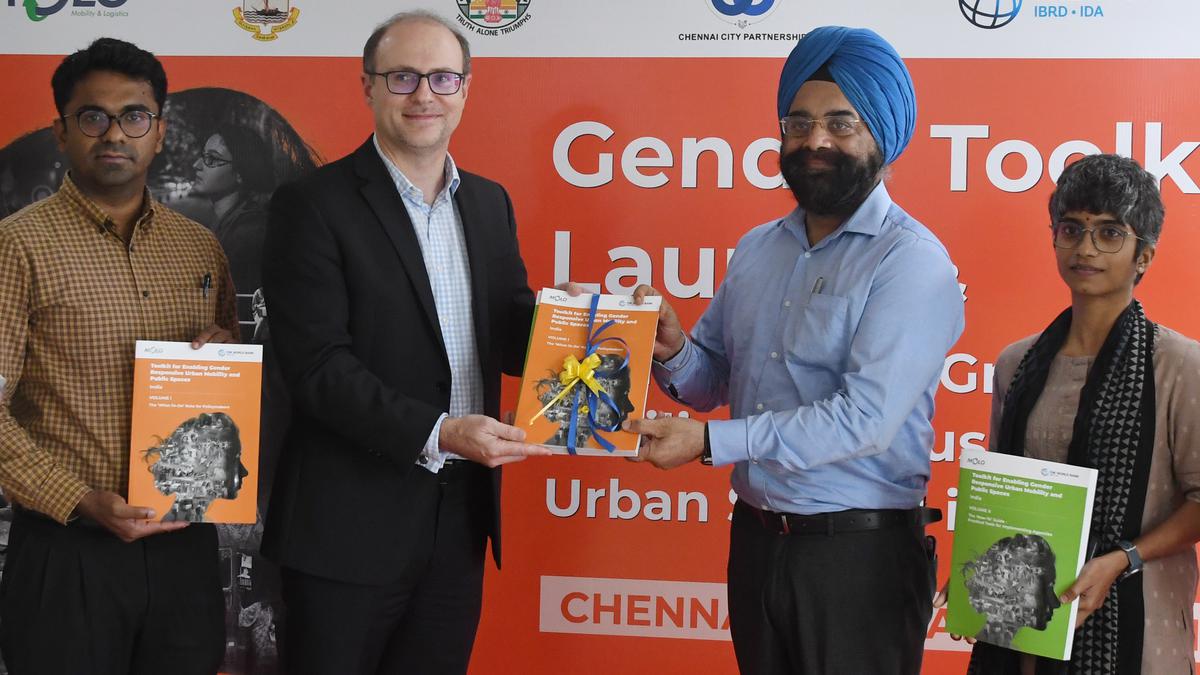A Gender Toolkit based on “Enabling gender-responsive urban mobility and public spaces” was launched in a session conducted by the World Bank and the Chennai Urban Metropolitan Transport Authority.
Buy Prime Test Series for all Banking, SSC, Insurance & other exams
Key Points Of the World bank’s Gender Toolkit:
- The World Bank developed a two toolkit that outlines a four-pillar implementation structure for urban entities to construct a gender-responsive urban transportation and public spaces programme.
- Assessing the ground situation: The first pillar involves evaluating the current reality on the ground, which includes comprehending gender variations in mobility patterns, safety issues, and infrastructure and policy inadequacies.
- Strengthening planning and policies: The second pillar calls for improving planning and policies, which calls for incorporating gender as a lens into plans and encouraging gender inclusion among institutions and policymakers.
- Building awareness and capacity: The third pillar focuses on increasing knowledge and capability.
- Infrastructure: The fourth pillar prioritizes infrastructure improvement with a gendered lens.
- Additionally, the World Bank has provided guidance on each of the pillars.
Its Significance:
-
- The toolkit from the World Bank attempts to highlight the gender-related problems with urban planning and mobility.
- Men, women, and gender minorities all have diverse perspectives on cities.
- The World Bank toolkit offers resources to help these groups better understand and address gender-disaggregated mobility patterns, reinforce policies, and create an infrastructure that will suit their requirements.
- This toolkit will be helpful in discussions on urban planning and mobility as Indian urban local bodies and transport agencies start to comprehend the demands of different commuters.




 Weekly One Liners 15th to 21st of Decemb...
Weekly One Liners 15th to 21st of Decemb...
 World Basketball Day 2025 Celebrates Bas...
World Basketball Day 2025 Celebrates Bas...
 UN Celebrates Second World Meditation Da...
UN Celebrates Second World Meditation Da...







